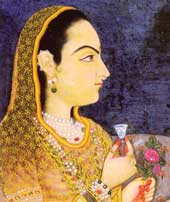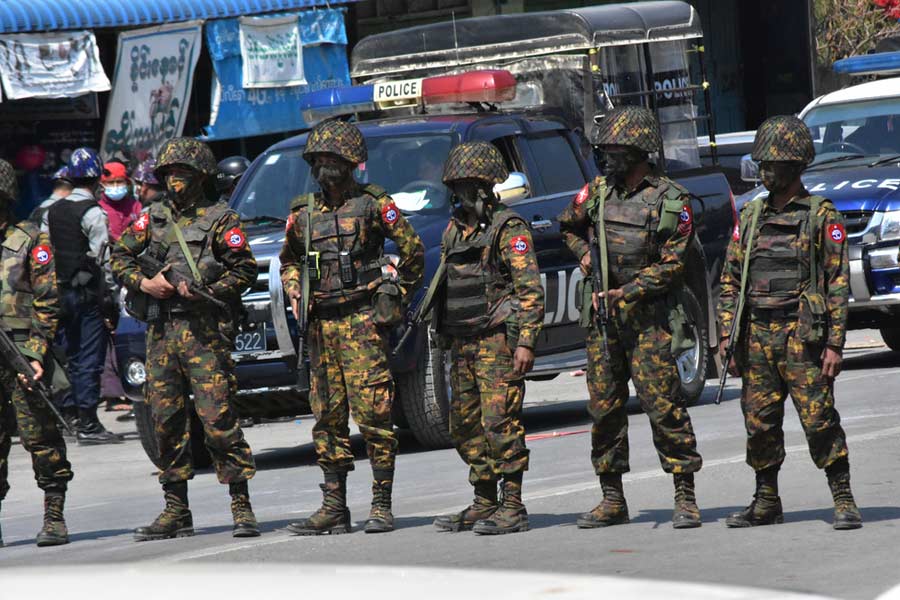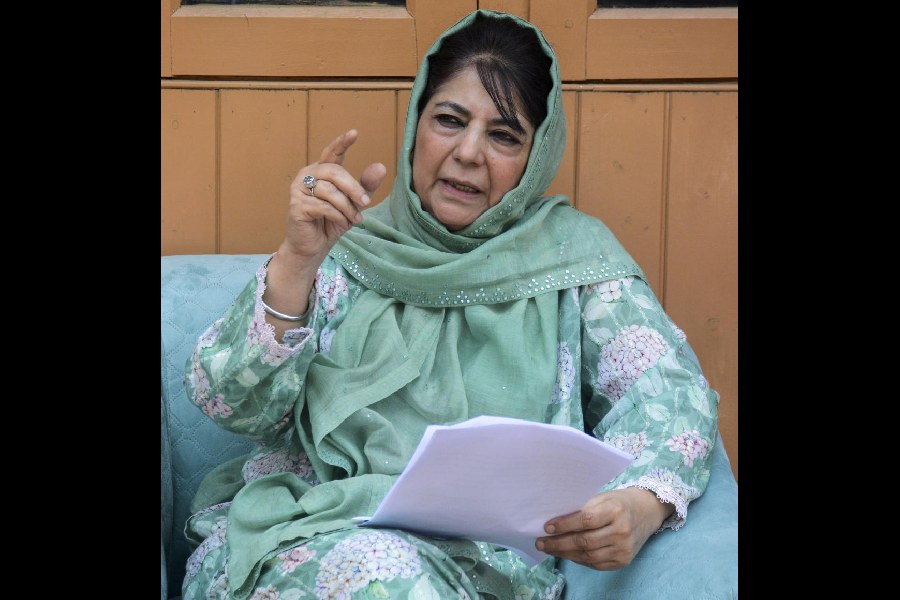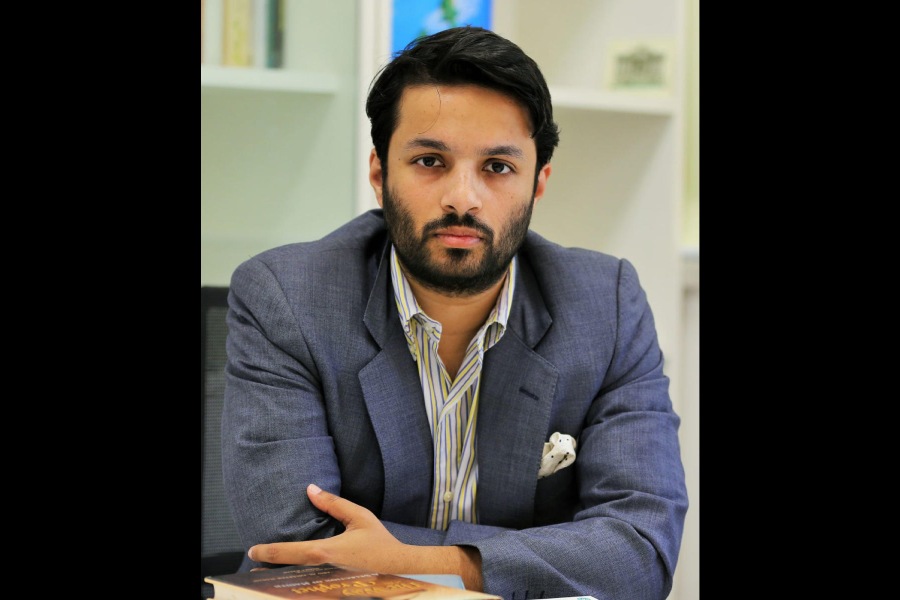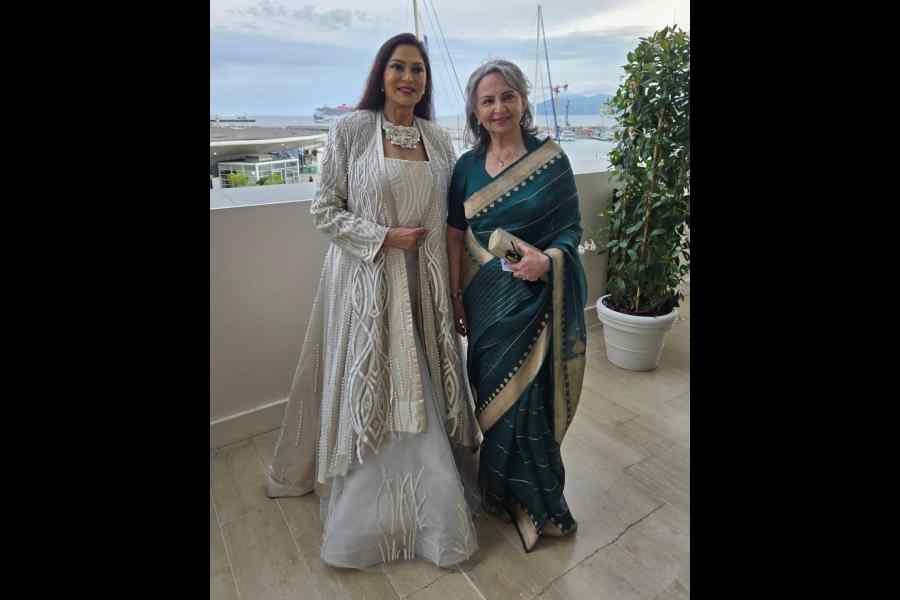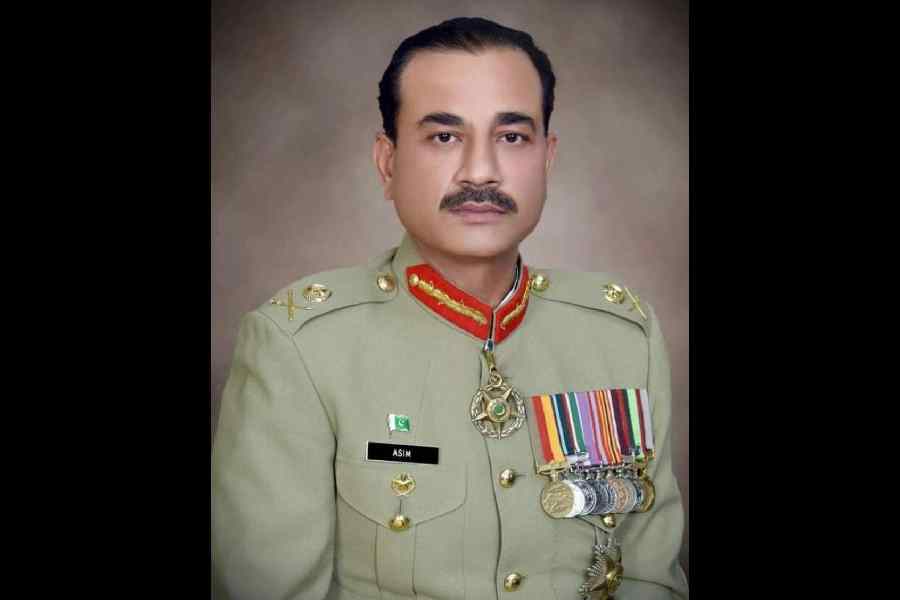|
|
| The chosen one |
The Story of the Taj Mahal By Diana and Michael Preston, Doubleday, Rs 695
It is fortuitous that the Prestons’ recounting of the love story that forms the backdrop of the Taj coincides with the sudden regeneration of popular interest in the monument. Perhaps the authors’ gushing adulation for the Taj, its beauty, its splendour and its history will motivate people to do more than clicking the mouse and expressing their wonder for the mausoleum. For none can deny that there is much to be done for the yellowing, grand marble structure in Agra that continues to suffer the depredations of time, neglect, over-zealousness, and the perfidy of the corrupt.
The Taj Mahal remains in public imagination as a symbol of undying love. The depth of the feeling shared by Shah Jahan and his beloved wife is also the ‘truth’ that the Prestons wish to establish as something more ‘central’ and integral to the monument than its encapsulation of the opulence of the Mughal court and the majesty of its builder. In doing so, they give a ‘human face’ to the stone structure. They, obviously, do not have to try too hard in achieving this. Where their effort does seem laboured is in the pushing forward of the argument that the building of the Taj promoted dissension within the imperial dynasty, and this, in turn, led to fratricide and the waning of the power of the later Mughals.
There can be no doubt that the construction of the monument over a period of two decades was a humongously costly affair. An estimate during the time grossed Rs 5,000,000. It took up much of Shah Jahan’s time, thankfully for the bereaved emperor, and drained the exchequer. Although the escalating costs of building the Taj did worry the nobility, it never seemed to have caused any rancour among the imperial family. The remnants of the begum and mother even served as a unifying force to a fast-disintegrating family (if the family’s visits on urs and Aurangzeb’s plea to his father for urgent repair, which show his attachment to the monument, are anything to go by).
If the expenses were a divisive factor, then the Taj was not the only one responsible for the draining of resources. Shah Jahan followed up the construction of the Taj with those of the Moti Mahal, the city of Shahjahanabad, the Jama Masjid and several other structures. As the authors themselves show, there were innumerable wars and military misadventures that multiplied costs.
Besides, it was Shah Jahan’s own discriminatory paternal affection, and the policy, as typical of his predecessors, of playing one son against the other that led to bloodshed. Also, one wonders if the reasons behind the downfall of the Mughals can be ascribed to any one emperor’s love for his wife, for gems, for stone structures or for wars. Like their sons, there were other very long-term socio-economic factors beyond the control of the Mughal emperors that gnawed at and ate into their authority. The Prestons seem to overplay their hand in the depiction of the ‘tragedy’.
The Prestons, otherwise, show much restraint. There is no lionizing of the Mughal emperors, not even Shah Jahan, obviously their hero, whose unique virtues, intelligence and swordsmanship are extolled. Shah Jahan is held squarely responsible for setting the precedent of killing his brothers to gain the takht. The blood rites were perfected by his son, Aurangzeb, who exterminated almost all the male heirs to the throne and imprisoned his father in the Red Fort (from where the former emperor spent the rest of his days gazing at the Taj) to seize his share of the imperial inheritance.
The narrative, which starts from Babur, is kept simple and straightforward. There are no unnecessary details of war, conspiracies or royal dalliances to act as digressions. The Prestons, however, give a lot of attention to enumerating the details of the domestic arrangements of a largely peripatetic royalty. It becomes necessary to show how rare and unique the relationship was between Shah Jahan and Mumtaz Mahal.
The two married when Shah Jahan was 23 and Mumtaz 22. They had met at the Nauroz celebrations in Chandni Chowk some years back, and were betrothed soon after. Mumtaz was a rare beauty, and her lineage, as the grand-daughter of Itimad-ud-daula, the revenue minister of the reigning emperor, Jahangir, made her credentials impeccable. However, the participation of one of Itimad-ud-daula’s sons in an early rebellion against Jahangir delayed the marriage. It was only after Jahangir wed Mumtaz’s aunt and Itimad-ud-daula’s daughter, Nur Jahan, that the alliance was revived and the marriage took place in 1612.
For the rest of her life and the 17 years of their marriage, Arjumand Bano or Mumtaz would hold Shah Jahan “emotionally and sexually” in her thrall. The two other marriages of Shah Jahan, one before and another after taking Mumtaz as wife, were done for political reasons. Given that both Akbar and Jahangir (and subsequently Shah Jahan’s children) had taken several wives, and had sexual relations with innumerable others in their harem teeming with women who existed for the pleasure of the royal princes, Shah Jahan’s fidelity was unusual indeed.
The couple, in fact, remained inseparable. Mumtaz accompanied Shah Jahan on his military campaigns, traversed the length and breadth of the country when her husband made his bid for the throne and uncomplainingly bore and delivered children on perilous journeys. Mumtaz was the “chosen one of the palace” who is said to have reviewed important documents before they were issued, put the emperor’s seal and sometimes issued her own orders. Despite her preponderance, however, Mumtaz remained low-profile, unlike her more famous aunt, who ran her shadow cabinet when Jahangir was in power. It was this monogamous relationship of the emperor with his favourite wife that fostered close ties with the royal children, and with in-laws. Perhaps for the first time and last, the Mughal imperial household functioned as a ‘family’.
The death of Mumtaz, frayed by childbirth and the incessant journeying, rudely ended this wedded bliss. Shah Jahan even appeared to have gone berserk. He not only immersed himself in his architectural projects but also indulged in ‘loveless couplings’, sometimes with the wives of his courtiers. The Prestons could have argued that it was the death of Mumtaz, and not so much the gem-studded monument to her memory, that sealed the fate of the Mughal empire.

